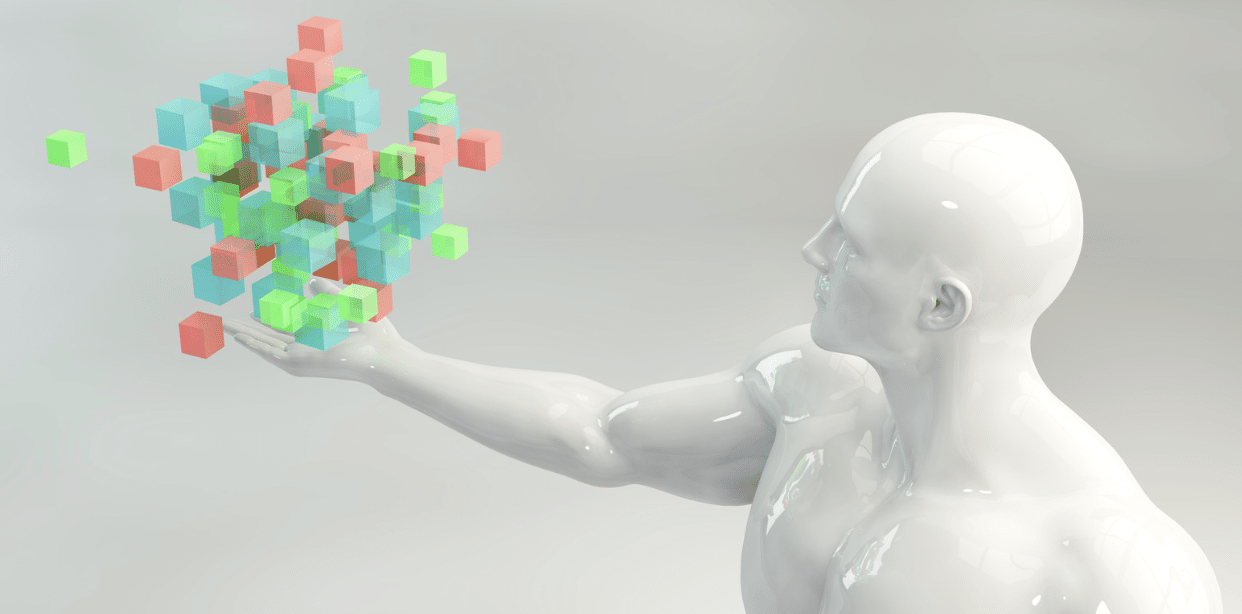
There are many dangers in creating a vacuum. Often, if they are not filled with hope, something fills them with fear.
The last twelve months have birthed a new age of educational innovation, largely driven by the move to understand artificial intelligence, and to a lesser extent, augmented reality, hybrid learning models, and gamification of pedagogy. Indeed, innovation and the concept of change often signify leadership in one’s chosen field (which is surely why many of us chase it). New Yorker columnist, and innovation skeptic Jill Lepore calls innovation, more than an imperative, a “theory of history.” It’s how we move forward.
Lepore, claiming that most innovation is often riddled with myths, thinks concepts such as disorder and disruption are largely based on financial anxiety, fear of collapse, irrelevance, and often shaky evidence and an “elitist bubble.” She also claims that supporters of innovation often cherry-pick their case studies which subjectively to fit their narrative, overlooking disruptive events with negative outcomes.
Many of us involved in the day-to-day of that place called school have little time to be involved in lengthy academic debates. However, the positive of this debate is that it seems to offer a different lens on a situation being played out in schools, consultancies, and social media. Helping define the narrative and aspirations of chosen pedagogical positions which could dominate in guiding the future for schooling, learners, thinkers and designers.

Within education, the evidence seems much more than “shaky” if we use the concept articulated by Lepore. There is plenty of evidence which shows demotivation, exodus from the profession, and growing pain points with the current exam-based pedagogical model. However, this does not equate to the fact that every move into the alternative-education multiverse will offer a viable solution.
Over the course of the last twelve months, our Think Learning Studio research has shown four powerful questions emerging:
- A growing mission of not just challenging traditional education but an emerging movement to push back at the myths and superstitions surrounding the demise of this traditional model.
- Personal experiences of education and disorder impacting the particular way professionals are approaching such in-work issues and conflicts?
- Issues around regret and greater reflections on what is an educational life well-lived.
- What lies beyond the now, and new possibilities of change and disorder and opportunities and dangers within the education space.
One interviewee commented that rage at the deficiencies of the current educational model would be beside the point. There is a gnawing sense of waste; [they had] real plans for a post-pandemic future in which so much more seemed possible and achievable, now fading. Not just that, a sense that many practitioners we spoke to felt that they were owed a fresh start after navigating the new world of school set upon them by the Covid-era by leadership.

The fact that disorder and disruption have become such buzzwords amongst many academics suggests that the term itself is almost meaningless. Interestingly, both sides of the debate seem to agree on this point. Clayton Christensen, in the Innovator’s Dilemma (and one of Lepore’s fiercest critics, although the criticism goes both ways), also cites in an interview with Business Week that disorder has become somewhat random. New York Magazine author Kevin Roose, supporting this analysis, says we should just stop using the term altogether.
Despite the dangers, many appreciate that Christensen is correct to assume that disruption allows new markets to emerge. Applying some of his largely economic analysis to education, we can witness three issues that could be noted, that (a) as Christensen claims, disruptive products are often simpler, which is an accusation often pointed towards project, inquiry, and challenge-based approaches by its critics. We see (b) the recent dangers of new schooling models being overly commercialized yet in practice for the learners, falling far short in delivery of the commercial promises in the classroom. And third, (c) leading schools generally [at present] don’t want, and indeed initially can’t use, pedagogies based on disruption.
It must be remembered that when everything, or every claim, is disruptive, nothing is. As used in its origins by Harvard Business School professor Clayton Christensen in 1997, the concept was extremely specific. We also should guard against calling anyone against disruption in our space, as “anti-education” or “anti-progress,” which is beginning to stifle meaningful debate.
Indeed, vigilance is crucial as education rapidly evolves. We must increasingly scrutinize to differentiate between mere sales pitches and genuine innovation. Living in an interconnected world, as Naomi Klein points out, calls for holistic solutions rather than fragmentation. We need to avoid creating a vacuum and exacerbating the loss of hope in our already strained profession.
References:
Innovation as a Necessity
- Lepore, J. (2023, January 23). The Myths of Innovation. The New Yorker.
Challenges with the Current Educational Model
- Think Learning Studio, 2023 Annual Report.
Disruption in Education
- Christensen, C. M. (1997). The innovator’s dilemma: When new technologies cause great firms to fail. HarperBusiness.
- Roose, K. (2023, February 12). Let’s Stop Using the Word “Disruption” Altogether. New York Magazine.
Education and Fragmentation
- Klein, N. (2021). No is not enough: Resisting the new shock politics and reclaiming our world. Penguin Random House.










